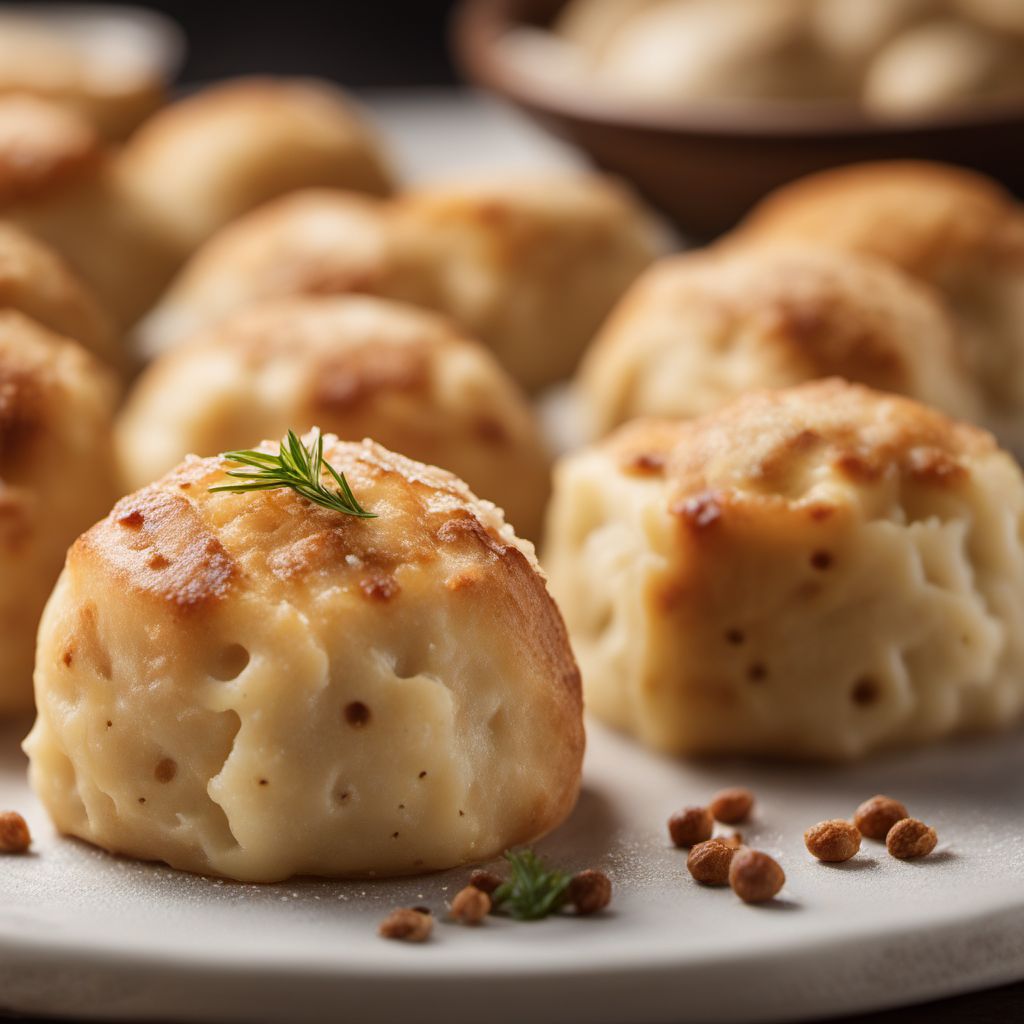
Ingredient
Bread- (or similar products) based dishes
The Versatile Canvas: Bread as a Culinary Masterpiece
Bread, a simple yet essential ingredient, comes in various forms, from crusty baguettes to soft sandwich loaves. Its characteristics vary depending on the type of bread, ranging from dense and chewy to light and fluffy. Bread can be made from different grains, such as wheat, rye, or corn, resulting in distinct flavors and textures. Its appearance can range from golden brown to dark and crusty, depending on the baking technique used. Bread is a fundamental component of many dishes, including sandwiches, bruschetta, bread pudding, and croutons, and it can be transformed into a variety of culinary creations.
Origins and history
Bread has a long history that dates back thousands of years. It is believed to have originated in ancient Egypt around 8000 BCE, where it was a staple food for the Egyptians. Over time, bread-making techniques spread to other civilizations, including the Greeks and Romans, who further developed the art of bread baking. Bread holds cultural significance in many societies and is often associated with rituals, traditions, and celebrations. Today, bread is enjoyed worldwide and has become an integral part of various cuisines.
Nutritional information
Bread is a good source of carbohydrates, providing energy for the body. It also contains essential nutrients such as fiber, vitamins, and minerals, depending on the type of bread and the grains used. However, it is important to note that some bread products may contain added sugars, preservatives, or high levels of sodium, so it is advisable to read the labels and choose whole grain or artisanal bread whenever possible.
Allergens
Individuals with gluten intolerance or celiac disease should avoid bread or opt for gluten-free alternatives.
How to select
When selecting bread, look for loaves that are fresh, with a soft interior and a crust that is golden brown and crisp. Avoid bread that feels stale or has a hard, dry crust. If purchasing from a bakery, opt for artisanal or freshly baked bread for the best quality and flavor. Consider the type of bread needed for the specific dish or recipe, such as a crusty baguette for bruschetta or a soft sandwich loaf for sandwiches.
Storage recommendations
To maintain the freshness and quality of bread, it is best stored at room temperature in a cool, dry place, away from direct sunlight. Avoid storing bread in the refrigerator, as it can cause the bread to dry out faster. To extend the shelf life, bread can be frozen. Slice the bread before freezing and store it in an airtight container or freezer bag. Thaw frozen bread at room temperature or toast it for a quick and easy way to enjoy it.
How to produce
Bread can be produced at home by combining flour, water, yeast, and salt to create a dough, which is then shaped and baked. There are numerous bread recipes available online or in cookbooks that cater to different preferences and dietary restrictions. With practice and patience, amateurs can master the art of bread-making and enjoy the satisfaction of freshly baked bread at home.
Preparation tips
When using bread in various dishes, consider the texture and type of bread required. For example, stale bread can be transformed into breadcrumbs for coating or used in bread pudding for added texture. Crusty bread is ideal for bruschetta or crostini, while soft sandwich bread is perfect for sandwiches or French toast. Experiment with different bread varieties and flavors to enhance the overall taste of the dish.
Culinary uses
Bread is a versatile ingredient used in a wide range of culinary applications. It is commonly used to make sandwiches, toast, and bruschetta. Bread can also be transformed into croutons for salads or used as a base for bread pudding and French toast. Its ability to absorb flavors and textures makes it an essential component in many dishes, both savory and sweet.
Availability
Bread is available worldwide and is a staple in many cuisines. It can be found in grocery stores, supermarkets, and bakeries in almost every region or country.
More ingredients from this category
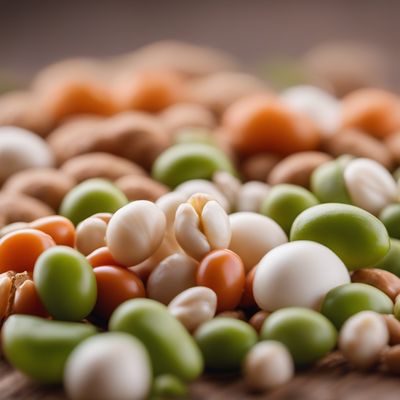
Legumes based dishes
The Protein Powerhouse: Legumes Based Dishes

Egg based dishes
"Eggsquisite Delights: Exploring the Versatility of Egg Based Dishes"
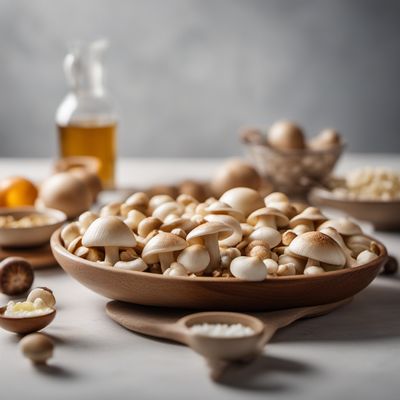
Mushroom based dishes
The Fungi Feast
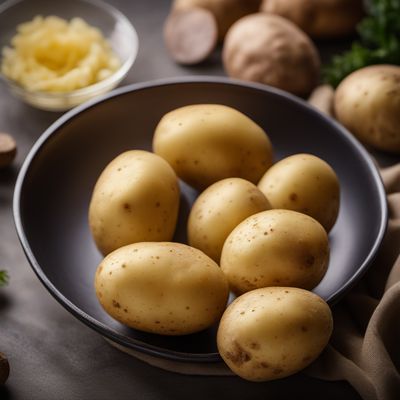
Potato based dishes
Versatile Potatoes: Beyond the Basics
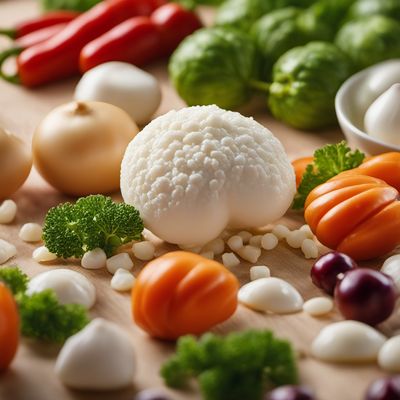
Vegetable based dishes
Plant-Powered Delights: Exploring the World of Vegetable-Based Dishes

Meat based dishes
The Savory Delight

Fish and seafood based dishes
Oceanic Delights